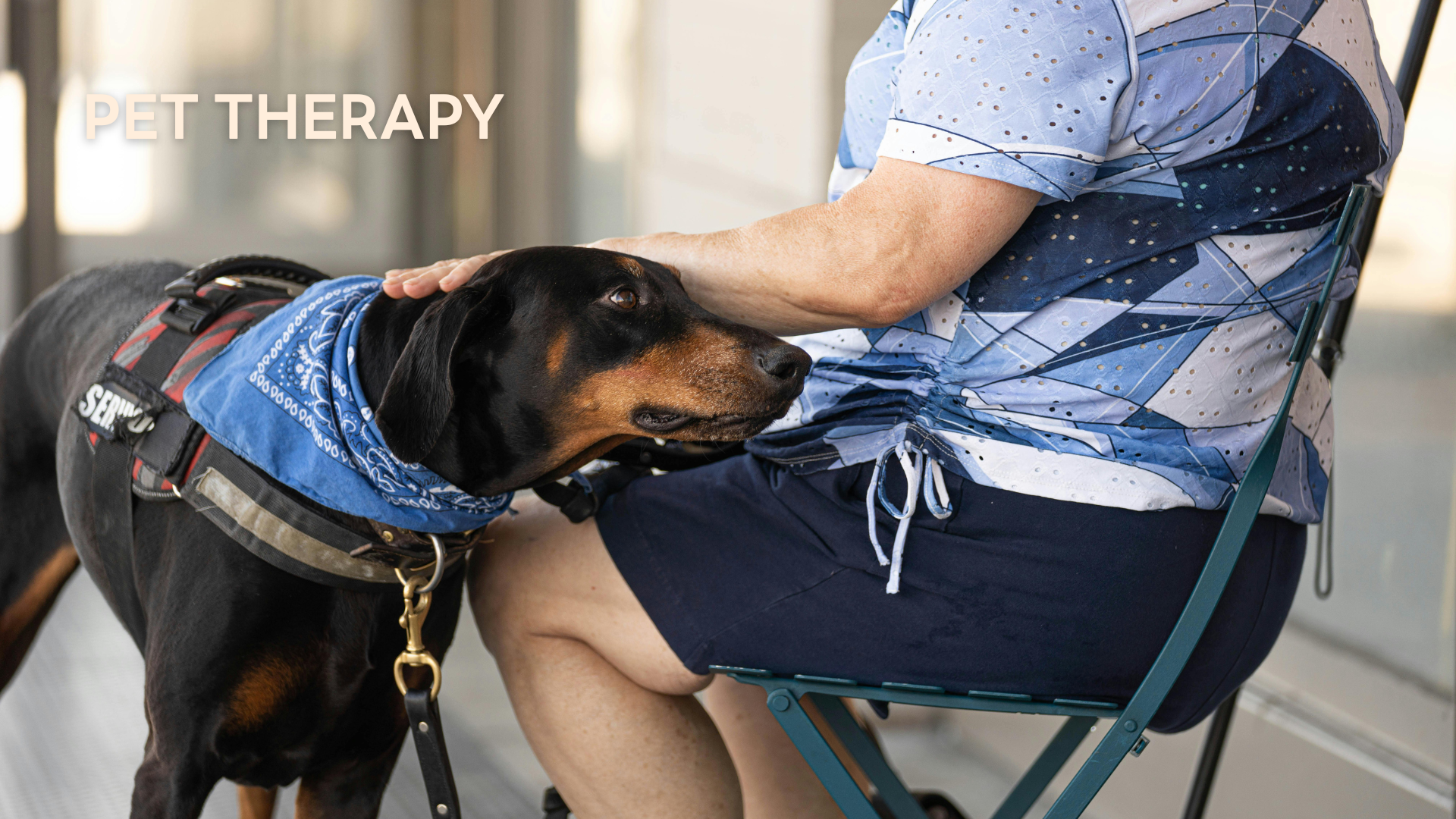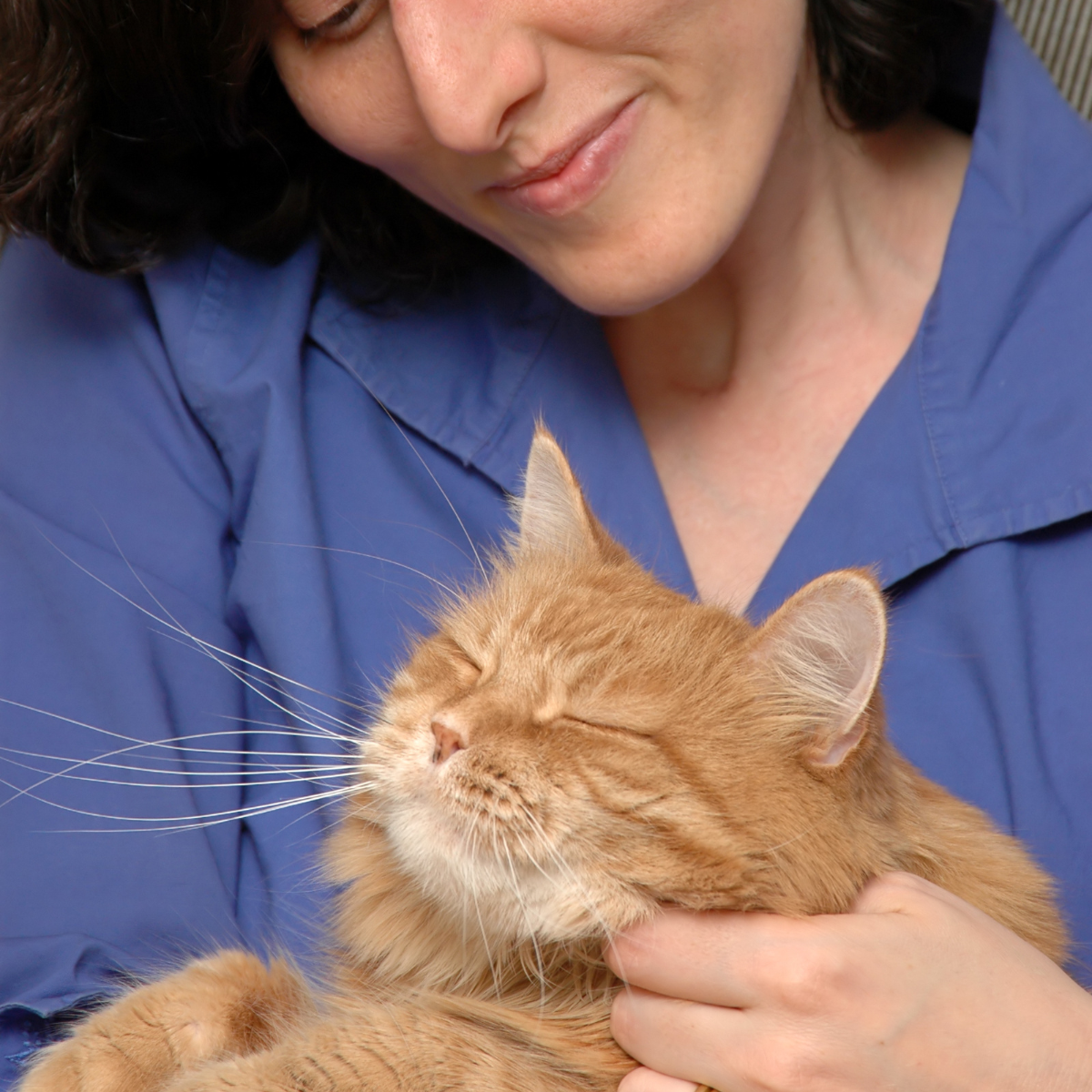Healing Paws: How Pets Improve Our Health

It is widely recognized that nowadays, people are increasingly interested in keeping pets as companions. This trend is evident from the growing expansion of pet-related businesses (Zhang et al., 2022). One contributing factor to this rise in pet ownership may be the positive effects pets have on both physical and mental health. Studies have reported that having a pet can help reduce stress and positively impact human health in various aspects (McConnell et al., 2011). For example, pet ownership has been linked to increased physical activity (Li et al., 2024) and enhanced social interaction, which contributes to a better quality of life (Antonscopoulos & Pyctyl, 2014).
Nowadays, pets are increasingly being integrated into formal health promotion approaches to enhance both physical and mental well-being. Research has shown that pet therapy, or animal-assisted therapy, offers significant benefits across diverse populations, including the elderly, various patient groups, as well as children and adolescents.
Elderly Individuals
Pet therapy has been shown to reduce symptoms of depression in older adults (Moretti et al., 2011), lower blood pressure and heart rate (Krause-Parello & Kolassa, 2016), and alleviate feelings of loneliness among elderly residents in long-term care facilities (Banks & Banks, 2002).

Various Patient Groups
Pet therapy has also been beneficial for various patient populations, such as cancer patients undergoing chemotherapy (Orlandi et al., 2007), individuals with neurological disorders (Boldig & Butala, 2021), patients with Alzheimer's disease (Kongable et al., 1989), and hospitalized patients during recovery (Coakley & Mahoney, 2009).

Children and Adolescents
Among children and youth, pet therapy has been found to reduce pain in children aged 5–18 years (Sobo et al., 2006), promote positive emotions and reduce anxiety in hospitalized children (Kaminski et al., 2002; Hinic et al., 2019), support social interaction in first-year university students (Adamle et al., 2005), and ease pre-exam anxiety in school-aged students (Young, 2012).

In addition, studies have shown that interacting with a pet for as little as five minutes can significantly reduce stress levels (Khalid & Dildar, 2019). Pet ownership has also been associated with a reduced risk of stress-related physical disorders (Langgartner et al., 2025). One study suggests that the presence of a pet may help lower stress by decreasing activity in brain regions associated with stress responses (Sugawara et al., 2012).
However, while pets can provide therapeutic benefits for both physical and mental health, pet-assisted therapy also presents certain limitations—particularly in terms of hygiene and health risks. Animals can potentially act as carriers of zoonotic diseases, including bacterial infections, leptospirosis, and various internal and external parasites. Additionally, it is important to consider the potential for allergic reactions among therapy recipients, such as pet hair allergies.
Therefore, when using animals for therapeutic purposes, appropriate hygiene management is essential, along with thorough assessment and mitigation of potential risks. The process of selecting therapy animals should be systematic and carefully planned, taking into account factors such as species, breed, and individual animal temperament. Proper preparation and management help minimize risks and ensure that the therapy process benefits both the recipient and the animal involved to the greatest extent possible.
Translated and compiled by ArokaGO Content Team
Source:TLWA
Share this article
More Articles
Discover more insights on health care and medical tourism.

What Is Hand Tremor? Understanding the Causes and the Right Ways to Treat It
Hand tremors are a common issue that many people experience in daily life—whether holding a cup of coffee, writing, or using a mobile phone. Noticing your hands shaking can be worrying, but in reality, tremors vary widely in severity and can arise from many different causes, ranging from minor, temporary issues to medical conditions that require proper treatment. This article will help you understand what hand tremors are, the underlying causes, and the correct treatment approaches, so you can take care of your health confidently and effectively.

Assisted Reproductive Technology (IVF / ICSI)
Starting a family is one of life’s most meaningful milestones, yet some couples may require additional support through modern reproductive technologies such as IVF or ICSI. These methods significantly enhance the chances of achieving a safe and successful pregnancy. This guide provides a clear overview of everything you need to know before beginning treatment—from required documents and pre-treatment preparation for both men and women, to each step of the IVF/ICSI process and the timeline involved. With this information, couples can approach their fertility journey with confidence, clarity, and proper medical guidance.

45+ Ageism AI Human Value
Recently, many have heard news about companies refusing to hire people aged 45 and above. This reflects the reality of Ageism age-based discrimination in labor markets both in Thailand and abroad.